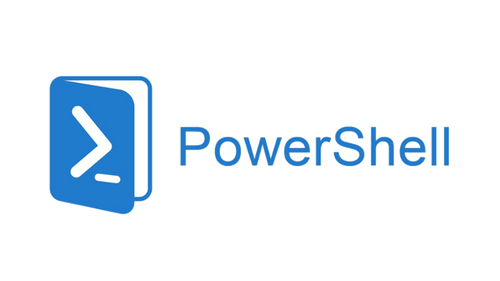In the realm of email management, dealing with junk email validation errors can be a daunting task. PowerShell, a versatile scripting language, offers a robust solution to address these issues. This comprehensive guide aims to transform you into an expert in resolving junk email validation errors using PowerShell. We'll cover the significance of these errors, practical resolution steps, best practices, and provide answers to common questions to streamline your email management within an Exchange environment.
The Significance of Junk Email Validation Errors
Before we delve into the intricacies of resolving these errors, it's crucial to understand why they occur and their impact on email management.
1. Email Security
Junk email validation errors often result from security measures designed to protect users from malicious or unwanted emails.
2. User Experience
These errors can disrupt the user experience, causing emails to be incorrectly classified as junk or hampering the delivery of legitimate messages.
3. Compliance
In some industries, email validation errors can lead to compliance issues, necessitating their swift resolution.
4. Efficiency
Resolving these errors ensures that your email management system functions efficiently, minimizing false positives and negatives in spam filtering.
Now, let's explore the methods and procedures for resolving junk email validation errors using PowerShell.
Resolving Junk Email Validation Errors with PowerShell
PowerShell offers a powerful set of cmdlets and scripts to identify, diagnose, and resolve junk email validation errors in Exchange environments. Here's how you can navigate this process:
1. Error Identification
Begin by identifying the specific error message or code associated with the junk email validation issue. PowerShell can help retrieve this information.
2. Rule Adjustment
Review and adjust the junk email filtering rules in your Exchange environment to ensure they align with your organization's needs.
3. Error Code Mapping
Use PowerShell to map the error codes to specific issues and actions required for resolution. This helps in efficiently addressing the problem.
4. Testing
Utilize PowerShell to test the changes made to the junk email validation rules, ensuring that they resolve the errors without introducing new issues.
5. Automation
Consider automating the resolution process using PowerShell scripts to proactively address validation errors and reduce manual intervention.
Best Practices for Resolving Junk Email Validation Errors with PowerShell
To ensure a smooth experience when resolving these errors, follow these best practices:
1. Error Documentation
Maintain a documented record of junk email validation errors and their resolutions to expedite future troubleshooting.
2. Regular Audits
Conduct regular audits of your email filtering rules using PowerShell to identify and preempt validation errors.
3. PowerShell Proficiency
Invest in PowerShell training to enhance your proficiency, enabling you to tackle complex validation issues effectively.
4. Collaboration
Collaborate with IT teams and email administrators to share insights and collectively address junk email validation errors.
5. Backup and Recovery
Always perform backups before making significant changes using PowerShell to ensure data recovery in case of unexpected issues.
Common Questions about Resolving Junk Email Validation Errors with PowerShell
Q1: What are the most common junk email validation errors in Exchange environments?
Common errors include 550 Validation Failed, 554 5.7.1 Message Cannot Be Accepted, and 5.7.550 Permanent Failure for Undefined Message.
Q2: Can PowerShell be used to automate the resolution of junk email validation errors?
Yes, PowerShell scripting can automate the identification and resolution of these errors, improving efficiency.
Q3: Are junk email validation errors more prevalent in specific Exchange versions?
These errors can occur in various Exchange versions, but their prevalence may vary based on configurations and updates.
Q4: How can I proactively prevent junk email validation errors?
Regularly auditing and updating your email filtering rules using PowerShell is an effective way to prevent these errors.
Q5: Is it possible to revert changes made using PowerShell if they cause issues?
Yes, PowerShell allows you to roll back changes and restore previous configurations if errors or issues arise.
Q6: Can PowerShell scripting be used to generate reports on junk email validation errors?
Absolutely, PowerShell scripts can be tailored to generate reports on these errors, facilitating better tracking and resolution.
Conclusion
Resolving junk email validation errors with PowerShell is a valuable skill for email administrators and IT professionals. By understanding their significance, following best practices, and leveraging the power of PowerShell, you can streamline your email management processes, enhance security, and ensure a seamless user experience within your Exchange environment. Whether you're dealing with occasional errors or aiming to proactively prevent them, PowerShell offers a robust solution to address junk email validation issues efficiently and effectively.



